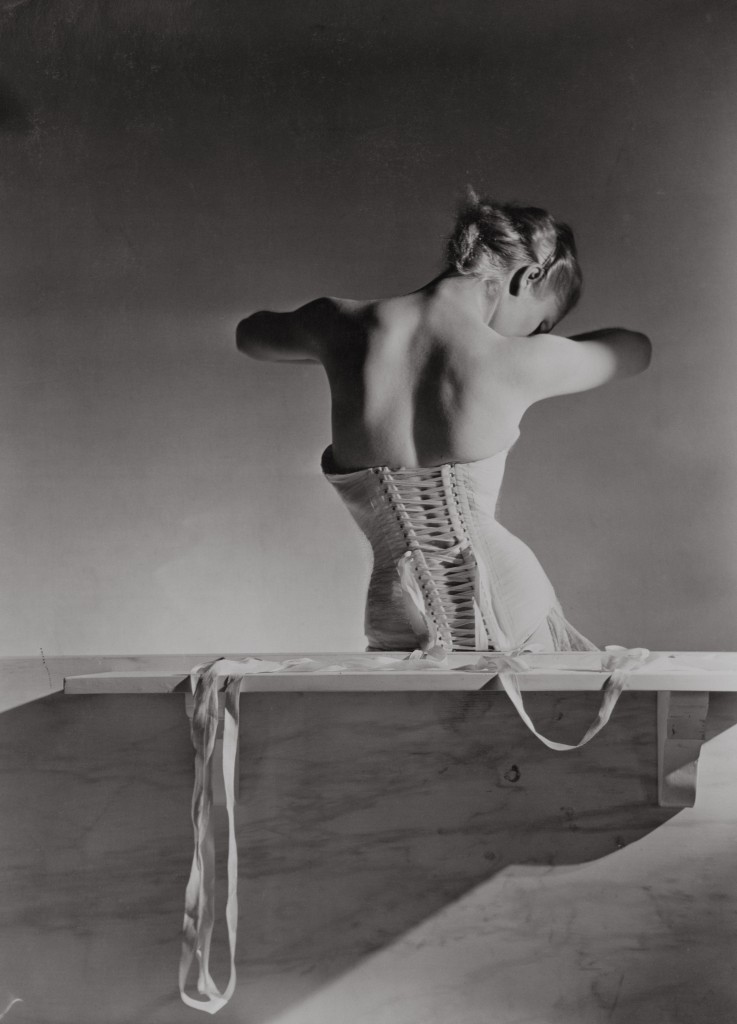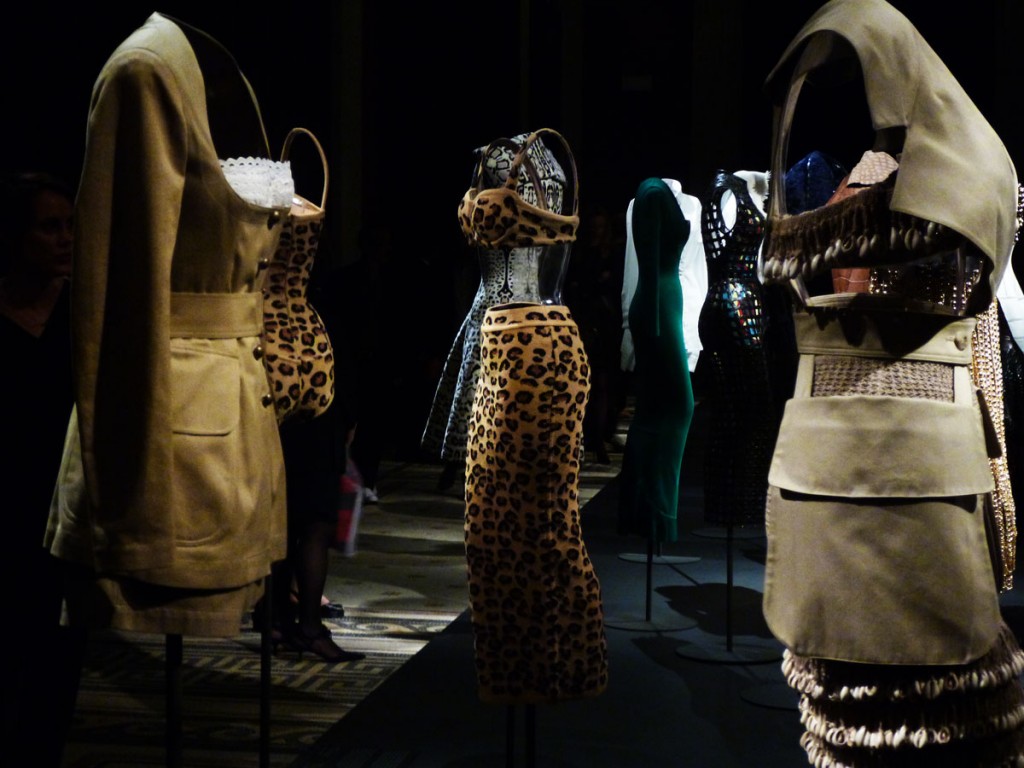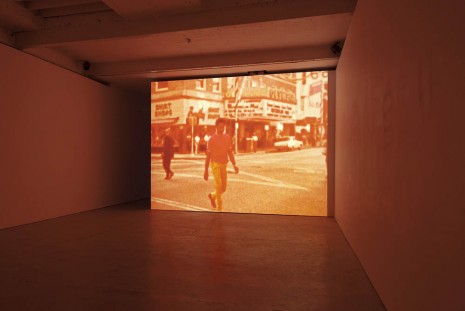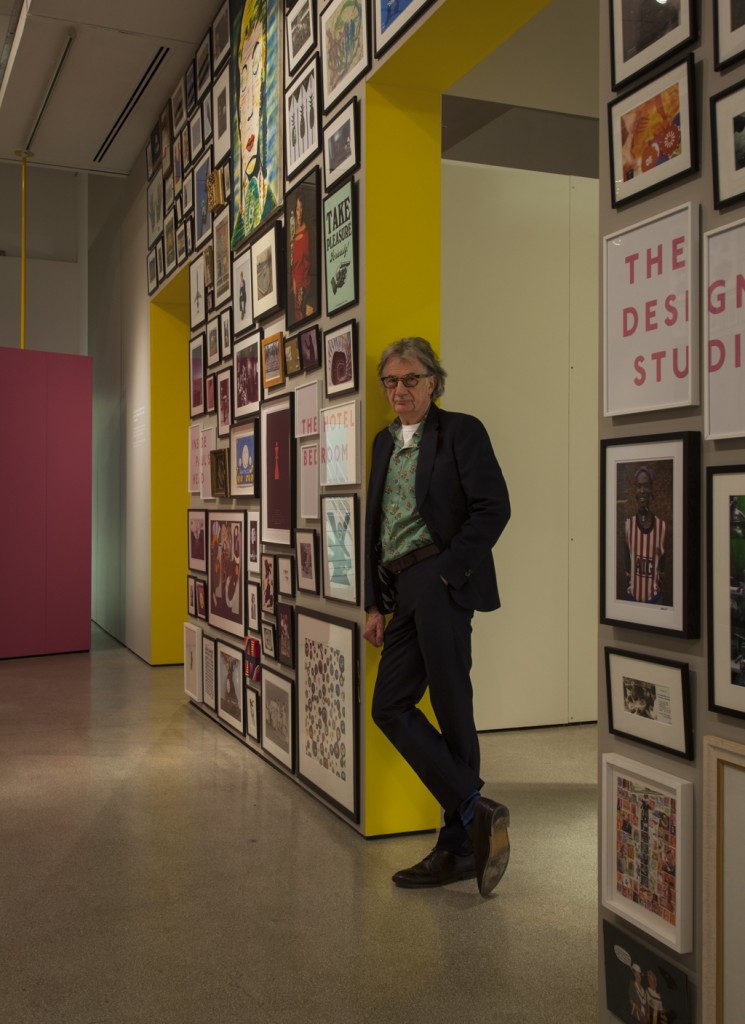
ROMAIN BERNINI: ZEUGMA. MUSEUM OF MODERN ART AND ROYAL ABBEY OF FONTEVRAUD
By Alain Berland
At Fontevraud, Romain Bernini has brilliantly risen to the challenge of creating a double exhibition in two venues that combine the majesty of a royal abbey with the modernity of a contemporary art museum. The painter doesn’t just lend works; he is fully engaged in the space. Exploring the multiple narratives concealed within this unique site, he creates links between the different histories and structures of Fontevraud. His approach, both aesthetic and political, questions the place of painting in our perception of history and space.
Alain Berland: You have given a remarkable response to the invitation to create a double exhibition at Fontevraud, a unique site that houses both the largest royal abbey in Europe and a museum of modern art due to open in 2021. Rather than simply loaning works, you have been able to engage fully with the space. Could you tell us about the method that guided your approach to this project?
Romain Bernini: Zeugma is a double exhibition. I had to think long and hard before I could find the right link between the two sites and produce the right gestures and images. I had to understand this monumental site, which has undergone so many changes and revolutions: it was once a royal abbey, a prison and now a cultural centre. It has recently been joined by a museum displaying the Cligman collection. All these histories make it a unique place, a historical mille-feuille, and I had to be there for a long time to understand it and produce an exhibition. So almost all the works were created specifically for the exhibition.
AB: How did you think about it?
RB: I came up with this idea with Dominique Gagneux, director of the museum, and Emmanuel Morin, artistic director of the abbey. They helped me to understand the site, its history and its collections, and set up this Zeugma, which consists of an exhibition that brings together the two sites.
AB: What are the site constraints?
RB: The first, obvious one, is the scale of the site, its architecture and the perfection of its layout. The second is the multitude of stories present and emerging in these places, stories of beauty and tragedy. These particularities of space, history and aesthetics led me to consider painting as a link, a punctuation mark between these worlds, and to understand the spaces it could open up and the dialogues it could establish.
AB : There are several buildings at Fontevraud. How did you link all these spaces together?
RB: Many of the elements in the abbey are part of a verticality that is both architectural and symbolic and spiritual. In the museum, it’s the other way round, with works from all eras displayed side by side, with the strong gesture of not ranking them in order of importance, but rather encouraging dialogue and confrontation between them. The museum’s display abolishes any notion of the masterpiece and instead advocates a movement between cultures, forms and eras, with, for example, a Cycladic idol cohabiting with a painting by Juan Gris. The particularity of Fontevraud is that the museum is filled with a multitude of images, whereas there are very few in the abbey. I felt it was essential to bring the images from the museum into the abbey and, conversely, to take visual elements found in the abbey and compare them with the works in the museum. This is how the connection was made.
AB : How did you organise these translations?
RM: By rubbing painted fabrics, I made imprints of the motifs and elements of the abbey, such as the paving of the cloister, the designs of the floors and staircases worked by the prisoners during their time in prison, or the cell doors with their eyelets; these are fragments of things that are usually hidden by the grandeur and beauty of the place. These are places that we don’t look at very often, but which mean as much to me as the recumbent figures in the abbey church. The floor of the penitentiary, worn away by prisoners’ hooves, or that of the cloister, eroded by the passage of the nuns who prayed there, all meant a great deal to me because these clues are the memory of the human presence in these places. The question was as much aesthetic as it was political: to present in the museum, in contact with the works, elements that carry a powerful and poetic charge and history. So these elements came to decorate the museum, tilted vertically to make new picture rails in contact with the works. The reverse movement of the museum towards the abbey is particularly noticeable in the installation of the six large paintings and the Lega sculpture in the Romanesque kitchens. This former smoking room has a particular architecture that makes it resemble a temple as much as a spaceship. The idea was to turn it into an arena for painting, both psychedelic and sacred, with six large paintings representing female statuettes levitating in coloured spaces. Four of these paintings represent statuettes from the museum’s collection: a Fang sculpture, a statuette from the Cyclades archipelago, a tubular idol from Luristan, and a Singa head from the Batak people; two others are paintings representing idols held in other museums. Echoing these paintings is a small ivory sculpture by the Lega people. As the sculpture has been taken out of the museum to be shown in this room in the abbey, I have created a painting of the Lega, which is presented in the museum. What happens in the museum is duplicated in the paintings in the abbey, and vice versa.
AB: You’ve created an incredibly spectacular work in the abbey church, can you tell us what it’s about?
RB: When visitors enter the abbey church, they don’t immediately see any paintings, but as they go along, tiny paintings of animals’ eyes appear. These include birds that breed in Fontevraud (tits, buntings, thrushes, etc.), but also animals that are less common in our latitudes. These paintings are hung all over the site and in the museum, offering visitors a wide range of views. Once inside the heart, you suddenly catch sight of a monumental polyptych on the wall of the south transept, entitled Him, depicting a fourteen-metre-high bare tree in strident colours painted specifically for this location. I wanted it to be both majestic and unstable, with no real footprint. Faced with the recumbents of history, I had to paint the power and fragility of a tree. I did it in the abbey’s workshops, on the floor, and I wasn’t able to see it upright and fully deployed until after it had been hung. It also echoes the large Them triptych I painted for the museum opposite the sculptures by Germaine Richier, l’Échiquier.
AB : It seems to me that, as you mature, you seek to confront issues other than those of painting on a stretcher, and that the exhibition spaces become subjects of interrogation that go beyond the question of painting. For example, your paintings of eyes are difficult to observe and seem like surveillance videos, your large canvases in the kitchen are presented like sculptures and your tree is positioned like an immense stained glass window.
RB: Indeed, the more I progress in my painting, the more it seems to me that the acme of my work is found at the moment of the exhibition. I really enjoy working with a place, a context, pre-existing images and situations. And it seems to me that today’s painting has to get out of the picture and can’t do without its environment. The moment of the exhibition is very important to me, and it’s installation artists, sculptors and video artists who have taught me this. What’s more, I don’t think this medium can do without thinking about the exhibition. I don’t share this idea of the purity of the painting, which is self-sufficient. Of course I make paintings, but I’m always trying to position them differently. It’s by putting painting at risk that we can reveal its power.
15 March-05 October 2025
Royal Abbey of Fontevraud
Fontevraud Museum of Modern Art


























